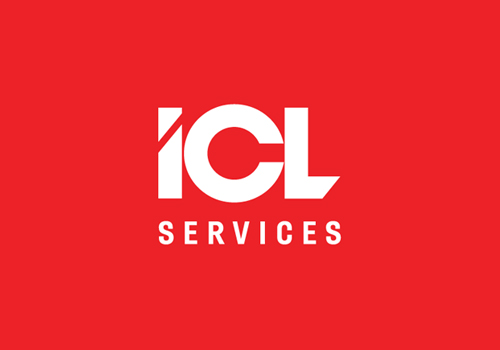- up to 700 installations of application packages per month
- Created more than 16 000 application packages
- A high level of compliance with service level (SLA) 99,8
- Over 50 highly skilled engineers in the field of application lifecycle management on workstations that have successfully implemented a number of projects on a global scale
- the cost of buying software becomes unmanageable and constantly growing;
- software support costs increase, while the incidents are not solved in time and problems still exist;
- increasing user downtime caused by problems with applications;
- the IT department cannot provide the full list of software installed on each workstation, which brings a threat to the safety and risks to the audit;
- you need to migrate to a new version of the operating system;
- a large number of workstations in the office which require software updates;
- you need to increase user productivity and time and problems spent on installation, configuration and updating applications.
Ensuring a well-functioning workplace infrastructure is becoming an ever more complex and non-trivial task. In the context of increasing demands of availability, scalability and cost reduction, businesses are demanding the most effective solutions for applications management whilst improving performance, safety and mobility of end users. All this requires an integrated approach to the management of applications on end-user devices, the absence of which not only leads to the uncontrolled growth of TCO, its implementation and subsequent support, but also reduces the competitiveness of the company. WALMS includes two main phases: design and operational. The design phase includes:
- pre-examination and preparation schedule;
- implement a process for managing applications on endpoints;
- inventory and rationalization of the software in the company environment;
- requirements gathering of application configuration;
- creation and test of installation and virtualized software packages which allow the delivery of applications on end devices without user involvement;
- piloting and automate deployment of application packages on end user devices.
Operational support phase includes:
- management of existing application packages updates and introduction of new applications;
- third line support - solving the most complex incidents related to user applications;
- continual optimization of the software composition in the company environment.
Implementation of WALMS enables:
- establishment of a uniform approach to software management in the enterprise environment: from requirements gathering, to automatic roll out on user workstations;
- solving of application compatibility issues with the operating system and other applications;
- increase in user productivity by deploying software with the required settings, reduction in employee downtime and increase in overall security by identifying misuse of software that does not meet corporate security policies;
- ensuring adversarial process of deployment and operation of the application package.
Completed projects
-
20 February
How to effectively support business during the crisis?
The proper interaction with IT…
-
18 May
Application virtualization with Microsoft APP-V
Server virtualization advantages are undeniable and widely used in a variety of business areas. We tell about key advantages of the…
-
12 January
7 main 2015 trends: where is it outsourcing moving?
What will happen to IT outsourcing market in 2015? How will it change, where is it moving and what awaits its…
-
4 December
General Director tips - interaction with it during the crisis: what to outsource?
The crisis makes you save on everything. A company wants to maintain high growth rates and reduce expenses. IT outsourcing is a good idea for…











